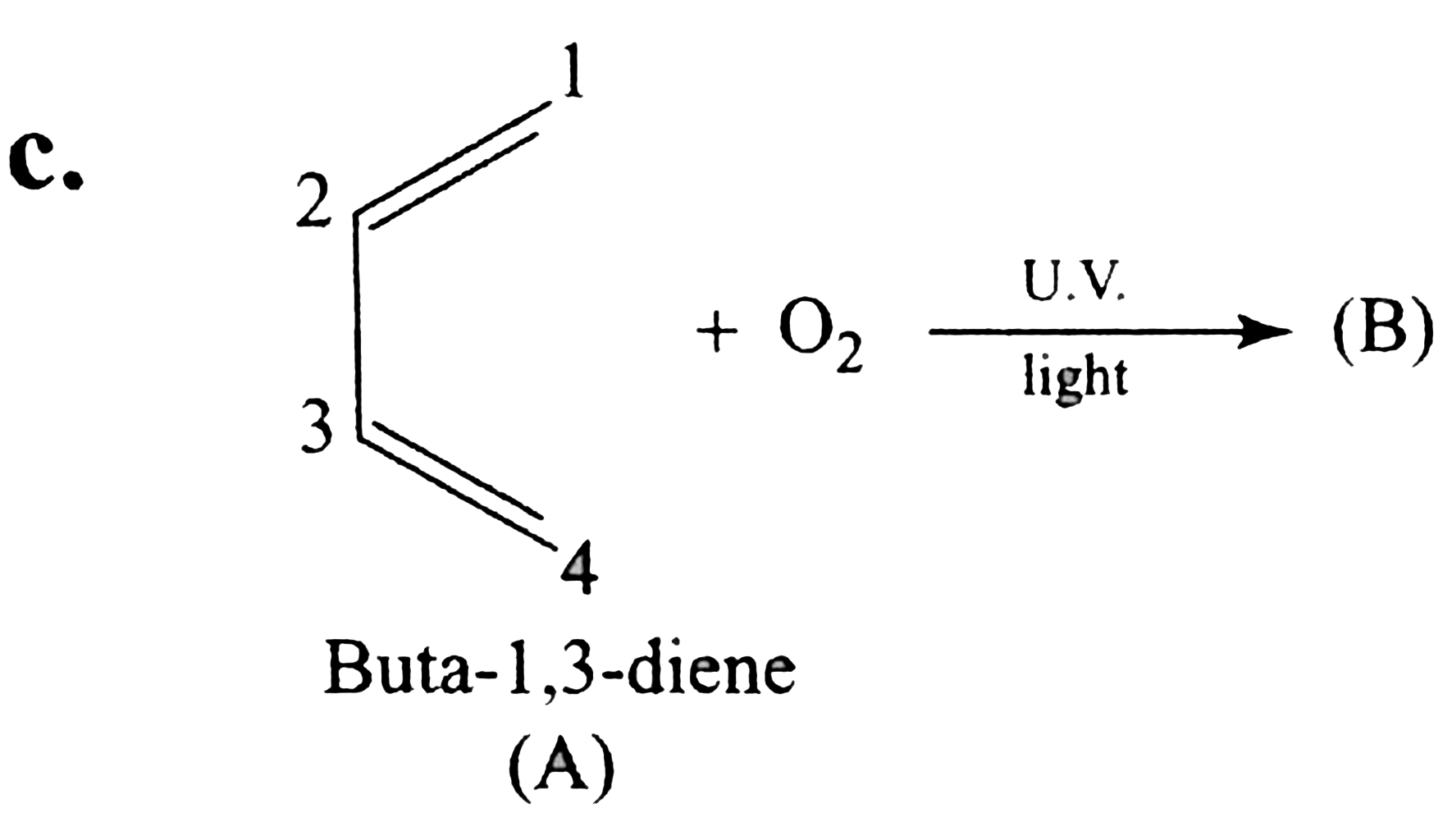When a product is removed from the system which is at equilibrium ……….. reaction is favoured.
Forward
Topper's Solved these Questions
- CHEMICAL EQUILIBRIUMBook:CENGAGE CHEMISTRYChapter:CHEMICAL EQUILIBRIUMExercise:Exercises (True/False)
Explore 30 Videos
- CHEMICAL EQUILIBRIUMBook:CENGAGE CHEMISTRYChapter:CHEMICAL EQUILIBRIUMExercise:Archives (Multiple Correct)
Explore 6 Videos
- CHEMICAL EQUILIBRIUMBook:CENGAGE CHEMISTRYChapter:CHEMICAL EQUILIBRIUMExercise:Exercises (Integer)
Explore 7 Videos
- CHEMICAL BONDING AND MOLECULAR STRUCTUREBook:CENGAGE CHEMISTRYChapter:CHEMICAL BONDING AND MOLECULAR STRUCTUREExercise:Archives Subjective
Explore 15 Videos
- CLASSIFICATION AND NOMENCLATURE OF ORGANIC COMPOUNDSBook:CENGAGE CHEMISTRYChapter:CLASSIFICATION AND NOMENCLATURE OF ORGANIC COMPOUNDSExercise:Analytical and Descriptive Type
Explore 3 Videos
Similar Questions
Knowledge Check
A chemical reaction is at equilibrium when
A(A) Reactants are completely transformed into productsB(B) The rates of forward and backward reactions are equalC(C) Formation of products is minimisedD(D) Equal amounts of reactants and products are presentA chemical reaction is at equilibrium when
AReactants are completely transformed into productsBThe rates of forward and backward reactions are equalCFormation of products is minimisedDEqual amounts of reactants and products are presentStatement: Concentration of the reactant and product does not change with time at equilibrium for a chemical reaction.
Explanation: The rate of a reaction is zero at equilibrium.AS is correct but E is wrong.BS is wrong but E is correct.CBoth S and E are correct and E is correct explanation of S.DBoth S and E are correct but E is not correct explanation of S.
Statement-1 : Total number of moles in a closed system at new equilibrium is less than the old equilibrium if some amount of a substance is removed from a system.
A(g)⇔B(g) equilibrium.
Statement-2 : The number of moles of the substance which is removed, is partially compensated as the system reached to new equilibrium.
View Solutionstatement-1 : Total number of moles in a closed system at new equilibrium is less than the old equilibrium if some amount of a substace is removed form a system [consider a reaction A(g)⇔B(g)at equilibrium. statement-2: The number of moles of the substance which if removed , is paritcally compensated as the system reached to new equilibrium.
View SolutionIn chemical reaction A⇔B, the system will be know in equilibrium when
View SolutionMethanol can be synthesised in the gas phase from methane and steam as shown in the reactions below:

In Which of these reactions high equilibrium yield is favoured by both low temperature and high pressure>
View SolutionA chemical reaction is in equilibrium when
View Solution

